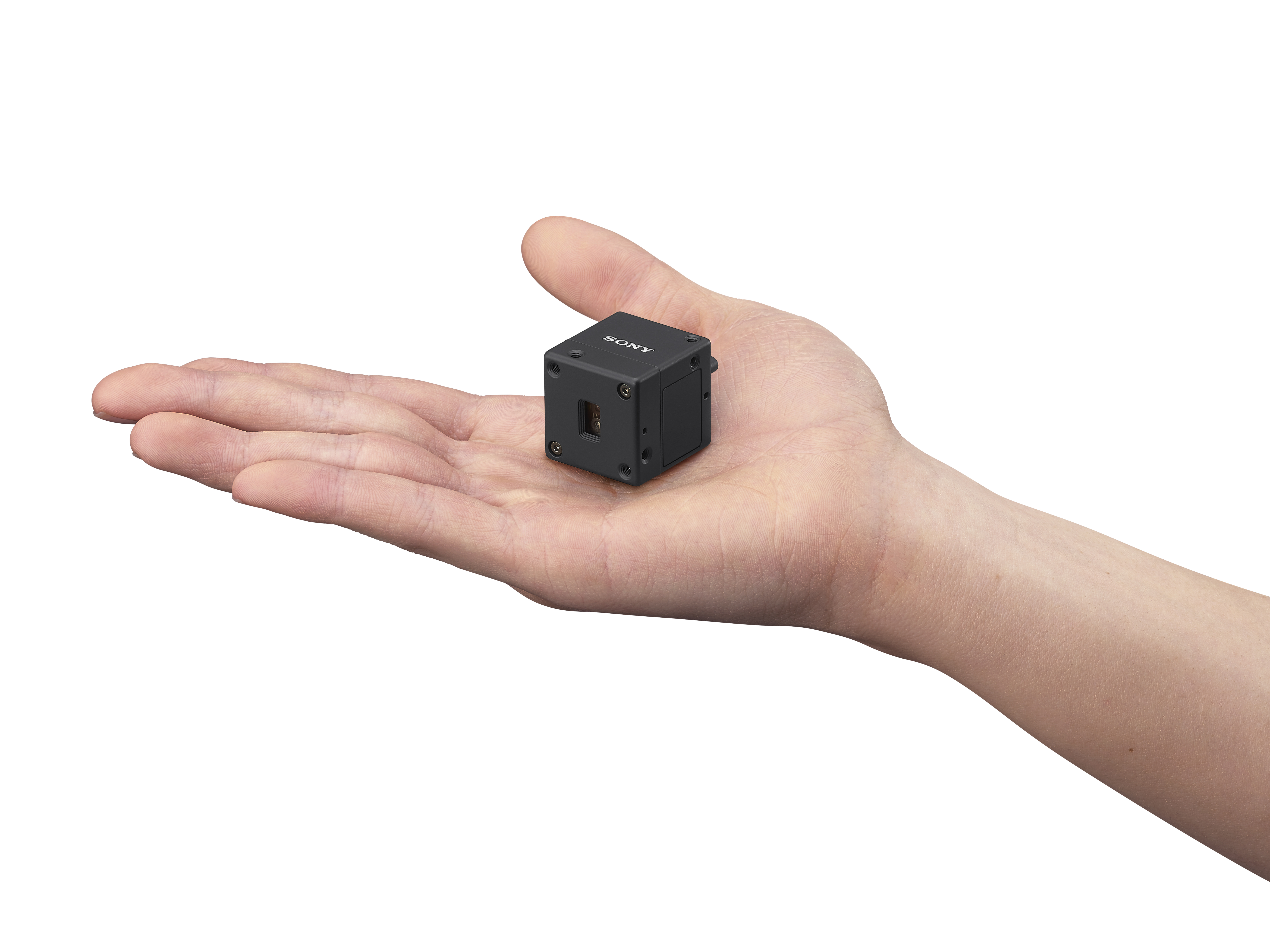What is workflow automation?
Is workflow automation going to be the next big thing after playout automation? As broadcasters pursue improved margins and productivity, automation can be an attractive proposition. Workflow products can take many forms, but most manage processes and resources, and link to accounting systems, editorial planning and media asset management.
Those who work in marketing often latch onto a buzzword, and it gets used and abused until the next one comes along. One such word is “workflow.” With file-based content replacing physical media in TV production, the term workflow has come to the forefront.
One consequence of the popularity of the term “workflow” is that it has lost much of its original meaning; to the extent that it is difficult to know what feature a purported “workflow” application will offer.
Workflow was originally applied to manufacturing, and later adopted to make document handling more efficient. Workflow management could be easily applied to manufacturing, as materials pass through set processes along the production line. The creative industries present much more of a challenge for workflow management. The free-flowing collaborative working of TV production cannot be modeled like a production line; it needs a more flexible and dynamic approach.
Closely allied to workflow is business process management. In many cases, it has been found that little benefit was gained by implemented workflow automation. Much the same as using digital asset management, successful implementation needs a re-engineering of the business process to get real gains in productivity. To drop workflow automation into a business using working practices developed from decades of using videotape and film is not going to bring the advantage of file-based workflows.
The necessity to analyze a business before employing automation can deter many. It means confronting many issues that have always been avoided; it may be company culture or restrictive practices.
However, media businesses cannot afford to ignore what is common practice in other verticals. The content factories that serve the multichannel, multiformat distribution business are looking to improve margins by improving productivity.
Workflow automation promises to improve efficiency by freeing creative staff from repetitive tasks so they can focus on improving production values. For management, it offers better control, making it easier to meet target dates within budget.
Many in film and television believe that creative industries do not lend themselves to automation. It is the process that is creative, but most workflows in TV production are clearly defined. The initial focus for automation was in playout and transmission. A process like airing commercials is a repetitive task that can easily be automated. There are mounting pressures for media businesses to extend automation beyond playout to encompass end-to-end workflow management.
During the next few months, we will be running a series of profiles of different workflow automation products, exploring the subject in more detail.
Get the TV Tech Newsletter
The professional video industry's #1 source for news, trends and product and tech information. Sign up below.
